View from the Hill 12th October 2021
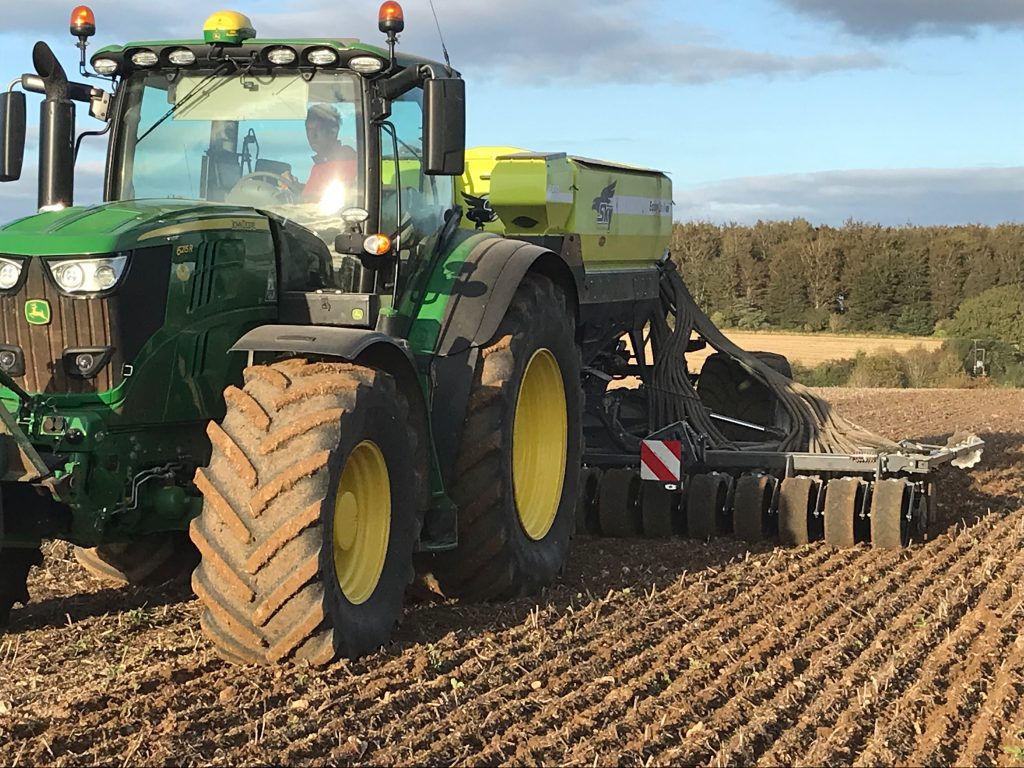
Autumn sowing started this week, in lovely dry seedbeds, whether we can get it all done before it gets wet again remains to be seen. The new Sky drill is getting a proper testing, our aim is to sow the majority of our winter cereals with no prior tillage, a new game for us, it seems very odd not to have a tractor out there working down the land in front of the drill. However if it works, like all the demo plots did last year, then we will save a lot of diesel, rubber, metal, and time. We will also leave more carbon in the soil instead of oxidising it into the atmosphere, and we will mineralise less nitrogen in the soil making it less likely to leach into the aquifers. We will kill fewer worms, we will break fewer fungal hyphae and the soil structure will not be dismantled apart from where the disc/coulter creates a slot for the seed.
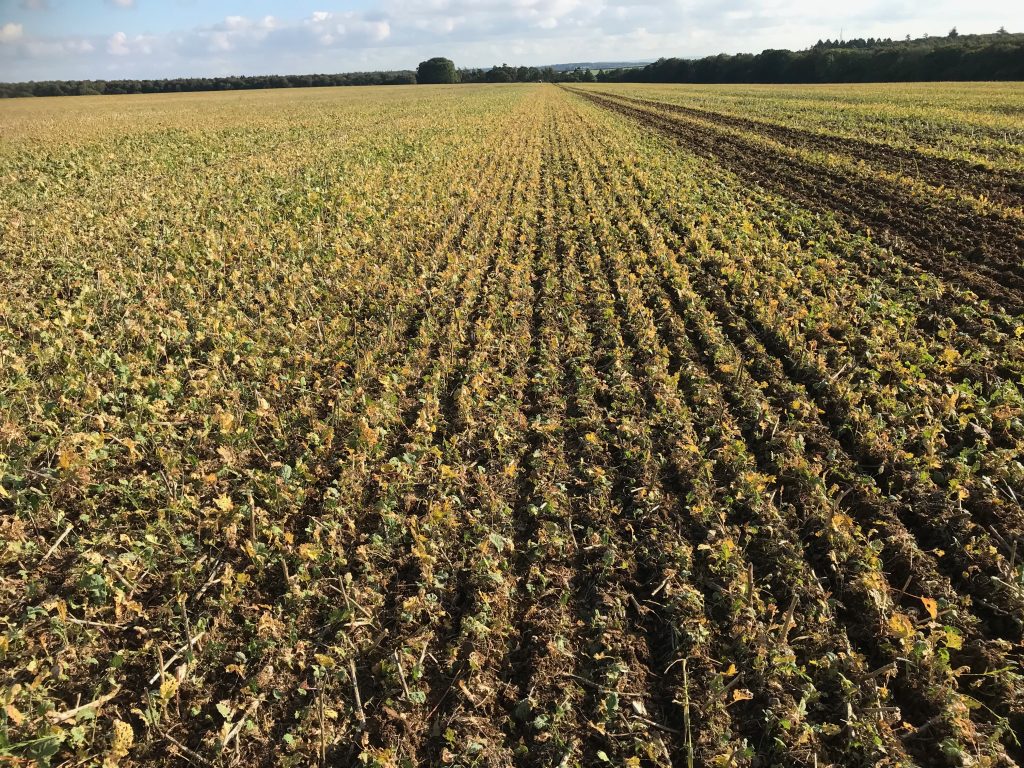
Direct drilling, or ‘No-till’ is one of many techniques being used by farmers to reduce their environmental footprint. It will help us to build up carbon, in the form of organic matter, in the soil, rather than release it into the atmosphere as a potent climate changer. Organic matter levels in soils which have been conventionally farmed for the last 100 years have often become depleted, especially where there are no longer any livestock in the system. For a good account of this try the film on Netflix, Kiss the Ground. Here is the trailer, it is largely American, but still very relevant to the UK.
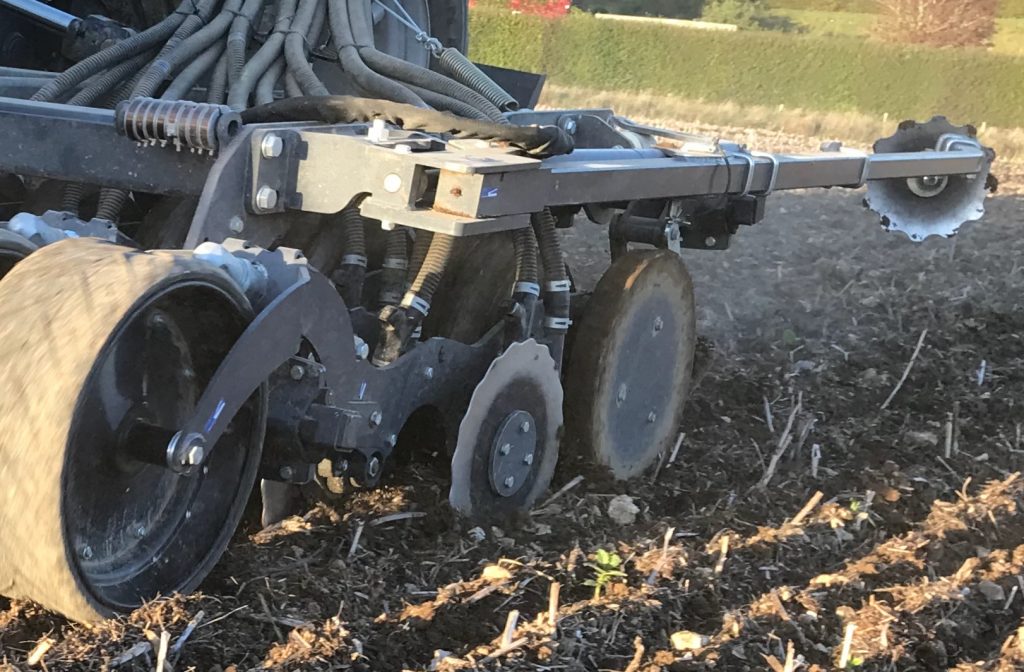
In the early 20th century the Haber Bosch process was invented, by Fritz Haber and Carl Bosch, which creates first ammonia, and then ammonium nitrate and this was the most essential ingredient in the so-called green revolution, where, to quote Jonathan Swift’s King Brobdingnag in Gulliver’s Travels: “whoever could make two ears of corn, or two blades of grass, to grow upon a spot of ground where only one grew before, would deserve better of mankind, and do more essential service to his country, than the whole race of politicians put together.”
Many consider the Haber-Bosch process to be responsible for the Earth’s current population explosion as “approximately half of the protein in today’s humans originated with nitrogen fixed through the Haber-Bosch process” (Rae-Dupree, 2011).
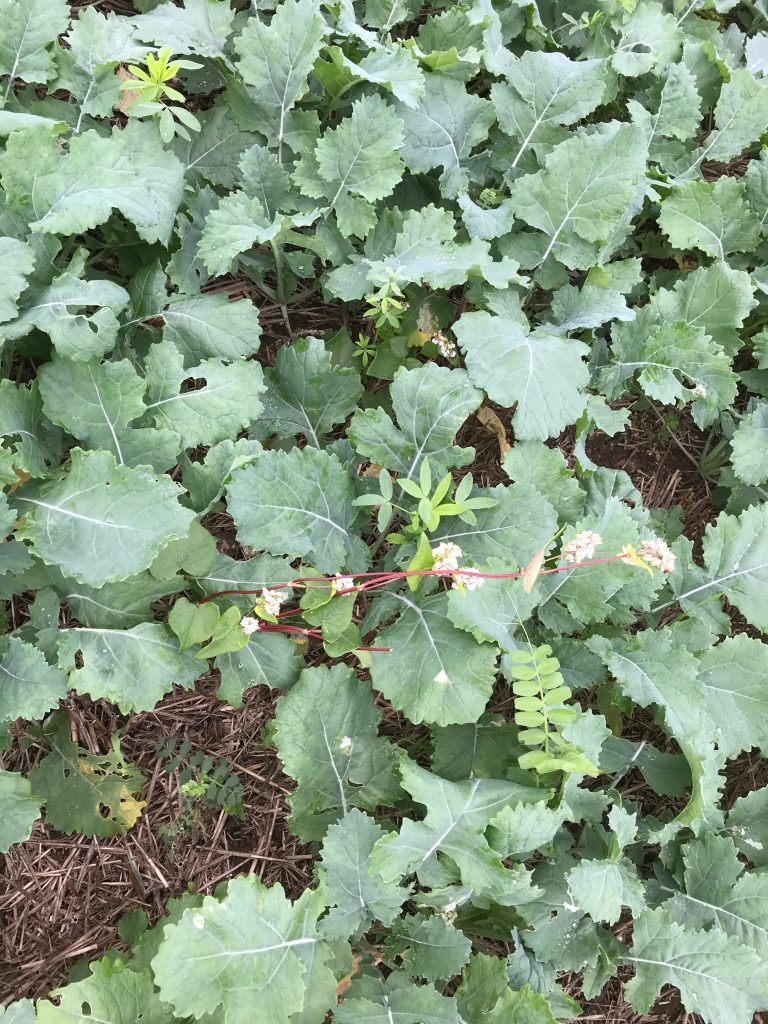
The trouble is, the manufacture of fertiliser in this way is incredibly energy intensive. Many readers will have heard about this recently, as gas prices have increased, and UK fertiliser factories stopped manufacturing fertiliser to control their costs. It is somewhat ironic that it took the shortage of a by-product of this process, carbon dioxide (CO2), to make the story hit the headlines. CO2 is used in many industrial processes, and in slaughterhouses, so farmers have an interest here too, but it is the price of fertiliser (which has gone through the roof) and availability of it for next year’s growing crops, which is causing most worry. The world is hooked on nitrogen fertiliser, it is by far the most effective thing we use to enhance crop yields on farms, and without it we could have serious food shortages very quickly. Being so energy intensive in its manufacture also means it is a very potent climate changer, and if we are to have any hope of slowing climate change, we need a complete re-think of our agricultural systems across the world. If we can reduce our reliance on artificial fertiliser, and repair our soils by using various techniques such as are propagated by the regenerative or organic movements, then maybe we can go some way to wean ourselves off our addiction.
It will take a long time to achieve this, and it will need to be driven by governments. Our government, with all their attempts at green-washing, driven by the prime minister’s wife and Zac Goldsmith, who have unhealthy and undemocratic influence on the government through our incompetent and scientifically illiterate PM, seems incapable of grasping the intricacies of the subject, and simply hinders progress. Having left the EU, and being part way through the construction of a new agricultural scheme for the UK, our government could be leading a globally transformative partnership role of climate-smart farming, especially in the run up to hosting COP26. But it dithers, important decisions are not being made, and some that have been are going to do more harm than good, for example the Australian trade deal. Farming offers many answers to the question of climate change, but we need everyone to be pushing in the same direction.
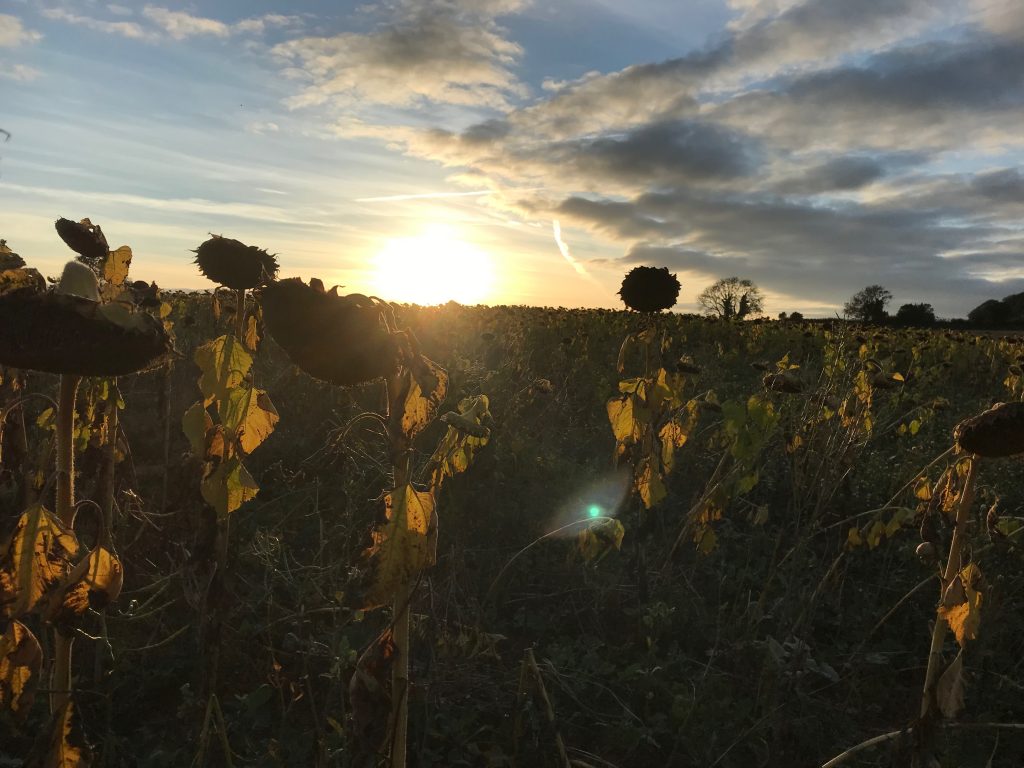
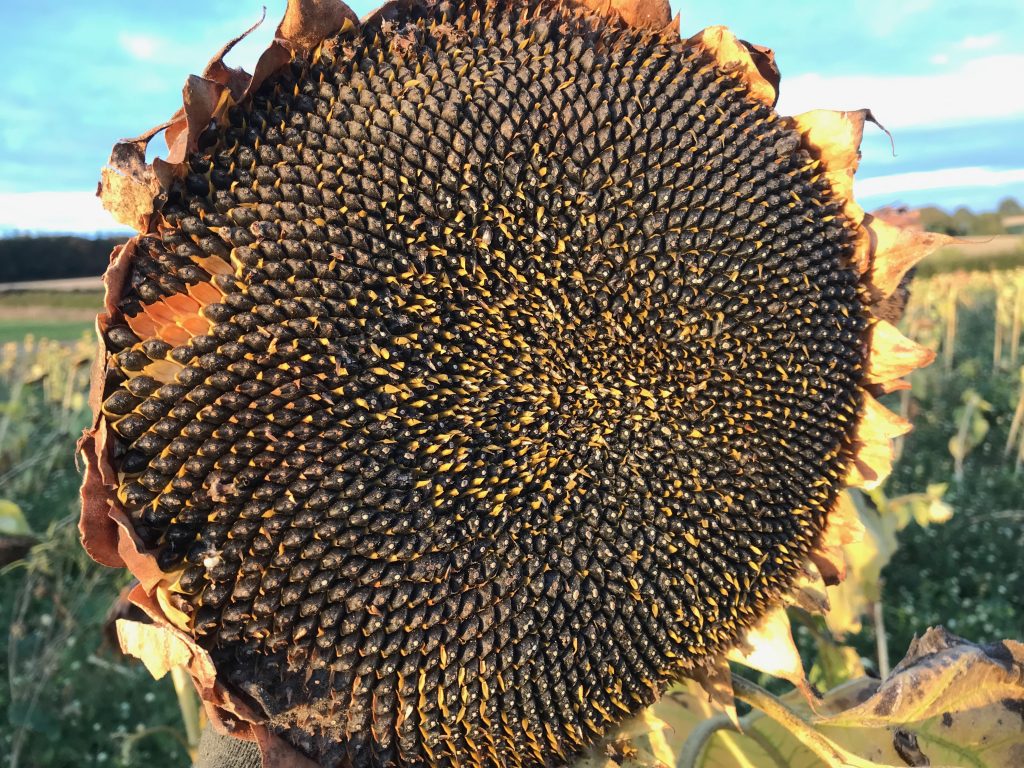
A ripening sunflower is a great place to learn maths. The swirling patterns of the seeds cleverly enable as many as possible to fit into the space available.
The pattern of seeds within a sunflower follows the Fibonacci sequence, or 1,1, 2, 3, 5, 8, 13, 21, 34, 55, 89, 144…
If you can remember back to maths class, each number in the sequence is the sum of the previous two numbers. In sunflowers, the spirals you see in the centre are generated from this sequence — there are two series of curves winding in opposite directions, starting at the centre and stretching out to the petals, with each seed sitting at a certain angle from the neighbouring seeds to create the spiral. With thanks to the Treehugger website.

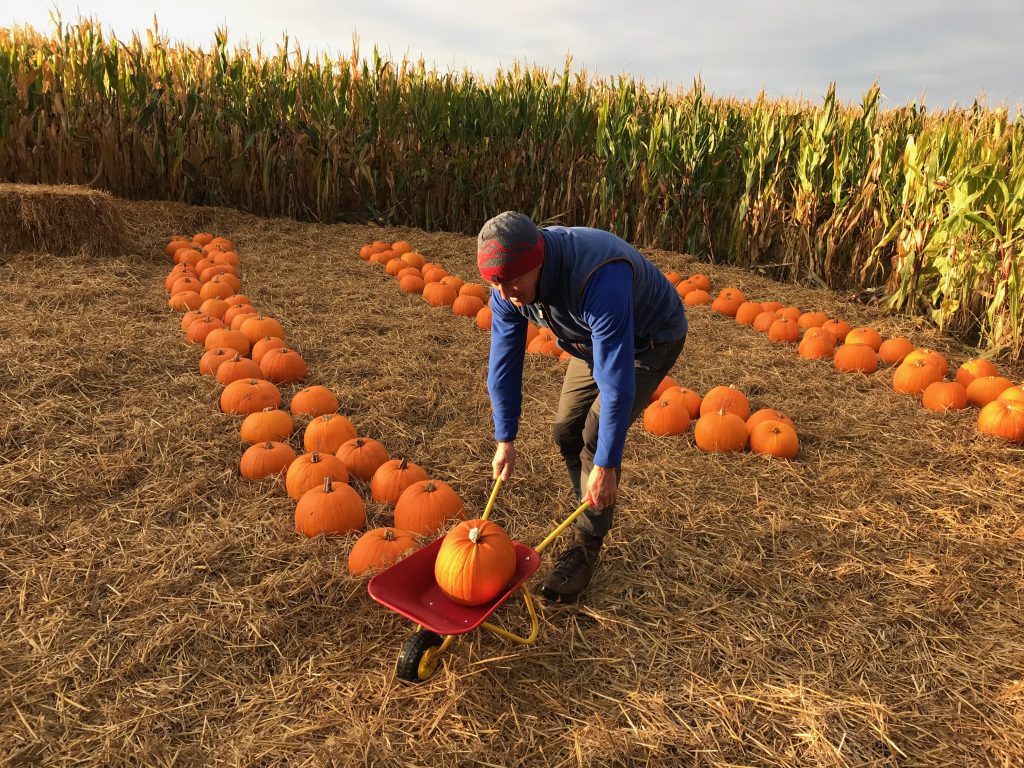
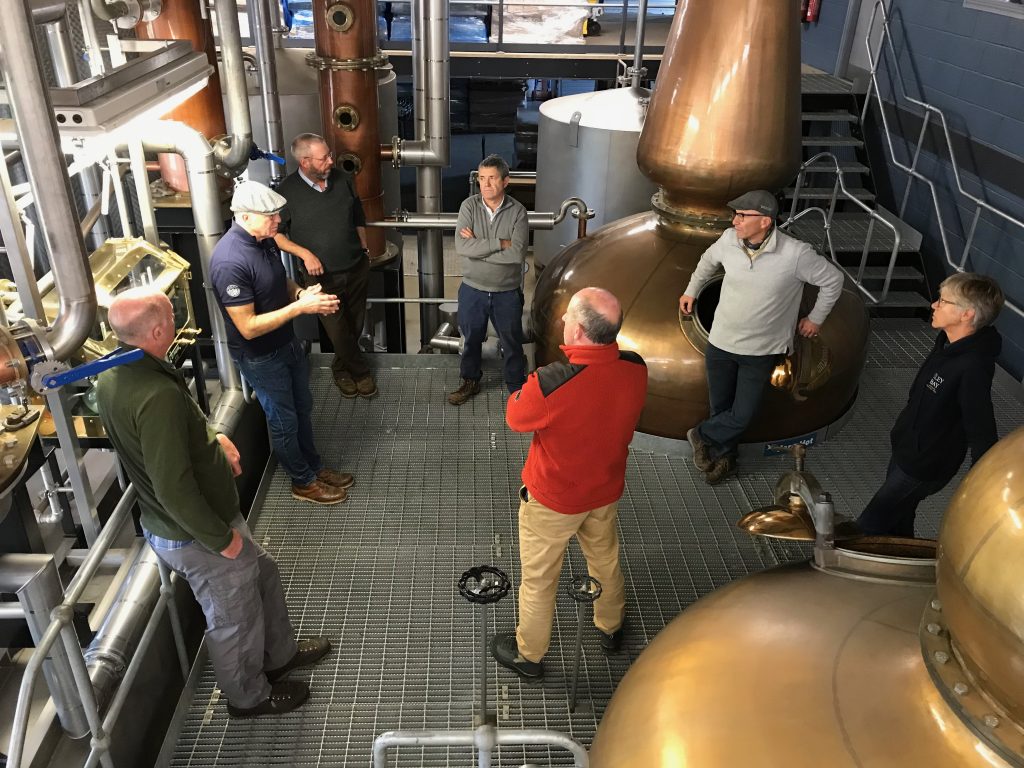
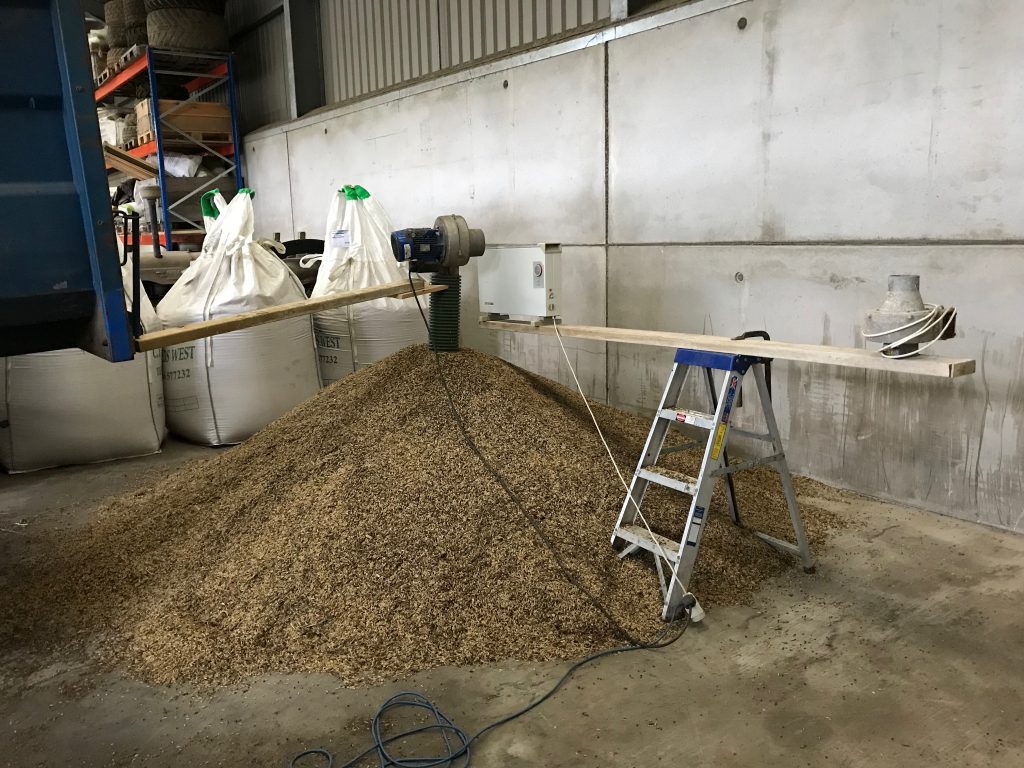

Good luck with your no till sowing. Kiss the Ground is an inspiring film which explains the process clearly and persuasively. You are also right about the government. They simply wanted power, and time an again show they don’t know what to oo with it. But Labour should be shouting from the rooftops about going green in a big way. They want a big idea: this is staring themi the face, as it is for all of us.
Very much taken with your “Climate Smart Farming” tagline. If its not already out there George then…….
Another insightful piece. I hope you are successful in mesmerising the flea beetle now that you can’t marmalise them
Dear George,
Today I have time to draw breath,the grand children have their M and D returned to spend a day before they return to Brighton.We have looked after for 3days….. I have missed my farm update…..and everything else going on in the world!
Haber Bosch…how does it actually work….not the outcome,just how to physically enable this action to occur.? Secondly, I never met the number system…much more interested in Geography, the next lesson!
Lastly,thanks again for a cracking view and when did you cover Gulliver on your course!
Rogxxxxx
Wonderfully encouraging to read that you are trying no-till seeding. I look forward to reading how you get on with it.
Any possibilities with cover crops, especially nitrogen-fixers?
Regen agric makes so much sense to a biologist but I long to find out how it works in practice.